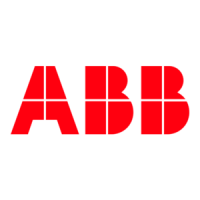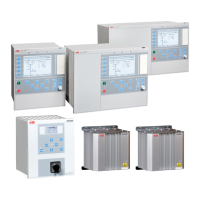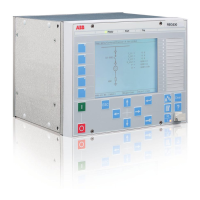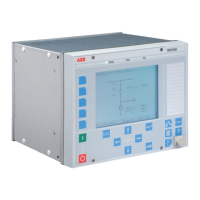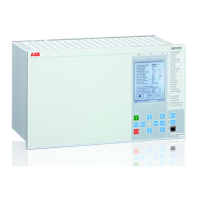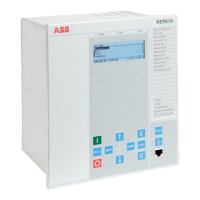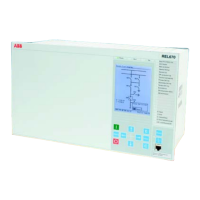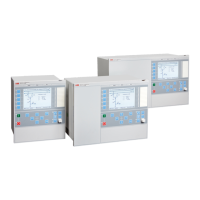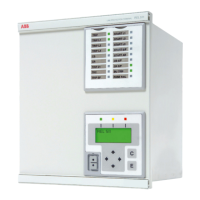Section 17 Logic
17.1 Tripping logic SMPPTRC (94)
17.1.1 Identification
Function description IEC 61850
identification
IEC 60617
identification
ANSI/IEEE C37.2
device number
Tripping logic SMPPTRC
IEC15000314 V1 EN
94
17.1.2 Application
All trip signals from the different protection functions shall be routed through the trip
logic. In its simplest form, the trip logic will only link the TRIP signal to a binary output
and make sure that it is long enough.
Tripping logic SMPPTRC (94) offers three different operating modes:
• Three-pole tripping for all fault types (3p operating mode)
• Single-pole tripping for single-phase faults and three-pole tripping for multi-phase
and evolving faults (1p/3p operating mode). The logic also issues a three-pole
tripping command when phase selection within the operating protection functions is
not possible, or when external conditions request three-pole tripping.
• Single-pole tripping for single-pole faults, two-pole tripping for two-pole faults and
three-pole tripping for three-pole faults (1p/2p/3p operating mode).
To meet the different double, breaker-and-a-half and other multiple circuit breaker
arrangements, multiple identical SMPPTRC (94) function blocks are provided within the
IED. In such installation, use one instance of SMPPTRC function per circuit breaker.
If the OHL is connected to the substation via more than one breaker, one SMPPTRC (94)
function block should be used for each breaker. Assume that single-pole tripping and
autoreclosing is used on the line. Both breakers are then normally set up for 1/3-pole
tripping and 1/3-phase autoreclosing. Alternatively, the breaker chosen as master can
1MRK 506 369-UUS - Section 17
Logic
Line distance protection REL670 2.2 ANSI 791
Application manual

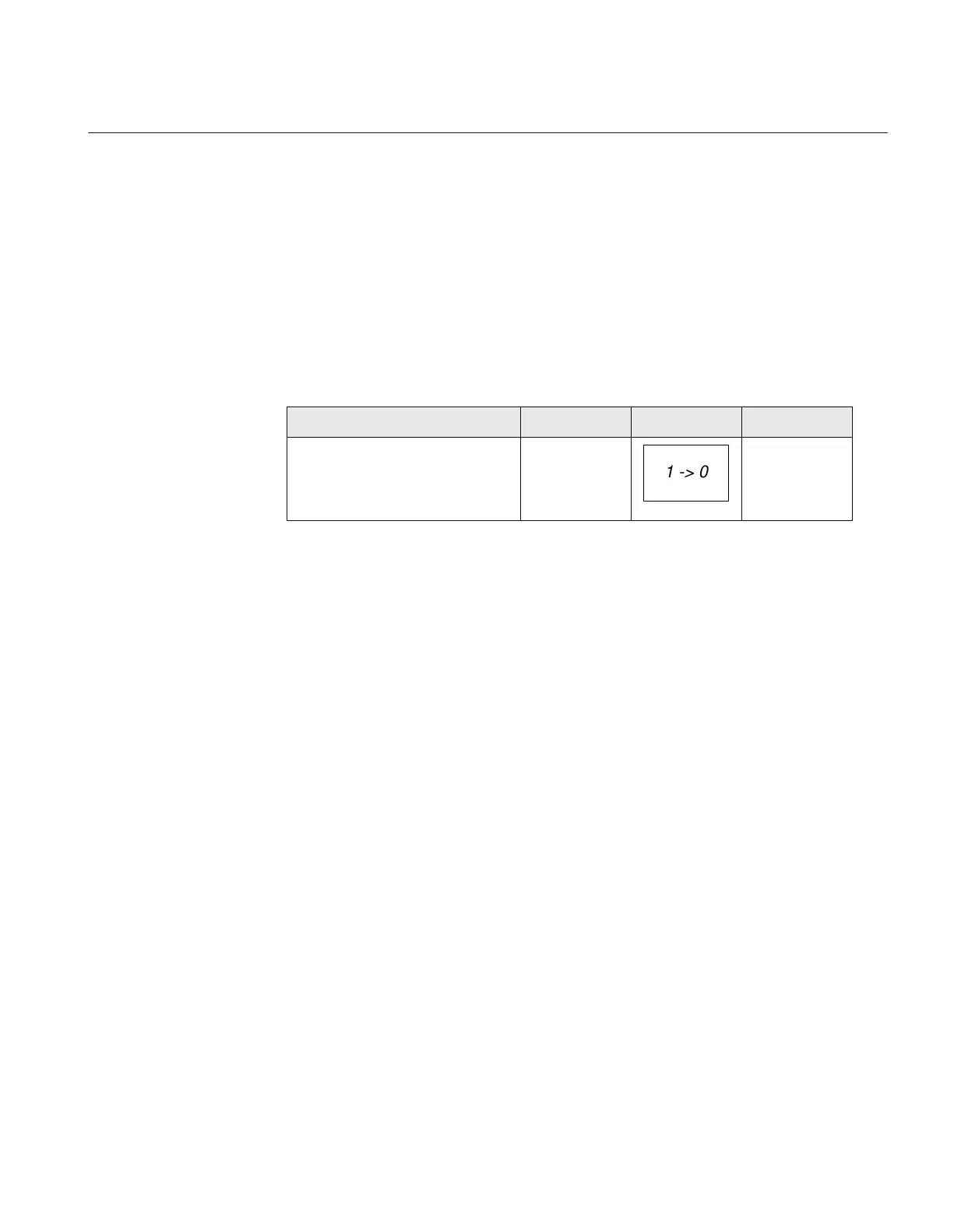